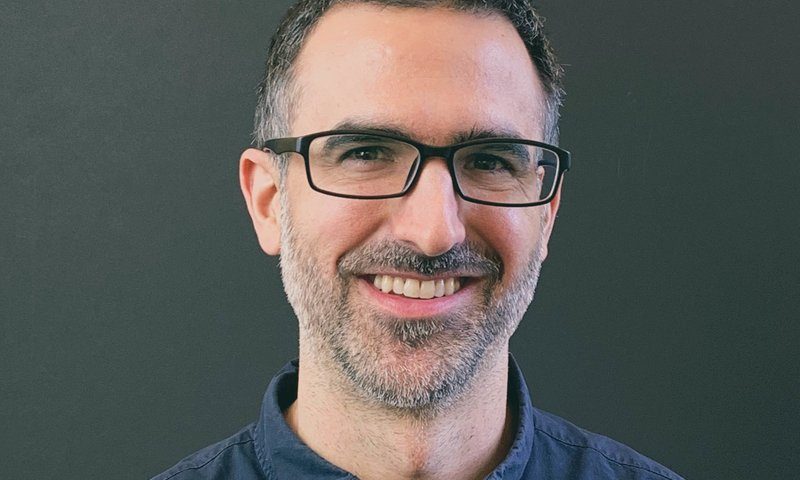Dyno Therapeutics emerged last year with a modest seed round and Big Pharma partnerships to fuel its work designing new and improved viral vectors to deliver gene therapy. Now, the company is kicking it up a notch with a $100 million financing to expand its platform into new tissues, build its team and ink more partnerships.
Founded in 2018, Dyno worked quietly until May 2020, when it uncloaked with partnerships with Novartis and Sarepta. Many gene therapies, including Novartis’ spinal muscular atrophy treatment Zolgensma, are delivered using adeno-associated viruses, or AAVs. Problem is, this approach relies on viruses found in nature, which limits the reach of gene therapies. They can’t target certain tissues, for example, and they won’t work in people who have developed a natural immunity to this type of virus.
What’s more, using natural viruses means making trade-offs on the properties of capsids, the protein shell of a virus. A capsid that targets multiple organs may be very difficult to manufacture, while a capsid that is large enough for the genetic payload may not make it into the target tissue.
To solve this problem, Dyno created a platform to design synthetic AAV capsids. Dubbed CapsidMap, the technology works in two stages. First, it designs millions of capsid sequences and tests their properties in in vivo experiments. Then, it uses what it learns from those experiments to come up with improved capsid sequences.
Over the past year, the company has generated “a huge amount” of in vivo data and is working on new approaches to recognize patterns in those data sets, said Dyno co-founder and CEO Eric Kelsic, Ph.D.
“The way machine learning works is the more data you have, the better your models will be, in terms of being able to predict improved properties,” Kelsic said. “Our models are quite well-informed now and ultimately speeding up our design of improved vectors.”
The new financing will expand Dyno’s ability to design vectors for liver, muscle, eye and central nervous system diseases, areas in which it is partnering with Sarepta, Novartis and Roche. The capital will also enable Dyno to move into new areas including the lungs, heart and kidneys.
And its platform isn’t the only thing it’s ramping up. The company is building its scientific, machine learning, operations and business development teams, not just so it can keep plugging away at its current collaborations but also to prepare for more partnerships in the future.
“Since the launch of the company, we’ve had huge amounts of inbound interest from partners wanting to work with Dyno, so we are expanding across all areas to meet that demand,” Kelsic said.
The company launched with 20 employees and has more than doubled in size in the year since to 50. In the next two years it plans to triple in size, Kelsic said.
Dyno’s founding investors Polaris Partners, CRV and KdT Ventures returned for the series A round, with several new backers also chipping in, including Casdin Capital, GV, Obvious Ventures, Lux Capital and Andreessen Horowitz.
“From its inception, Dyno chose to eschew the traditional approach of investing in its own product pipeline (i.e. developing its own gene therapies) and instead decided to invest in the platform that will serve as the horizontal “infrastructure” layer to supply novel AAVs to power all gene therapies,” wrote Jorge Conde, general partner Andreessen Horowitz, in a blog post about the financing.

